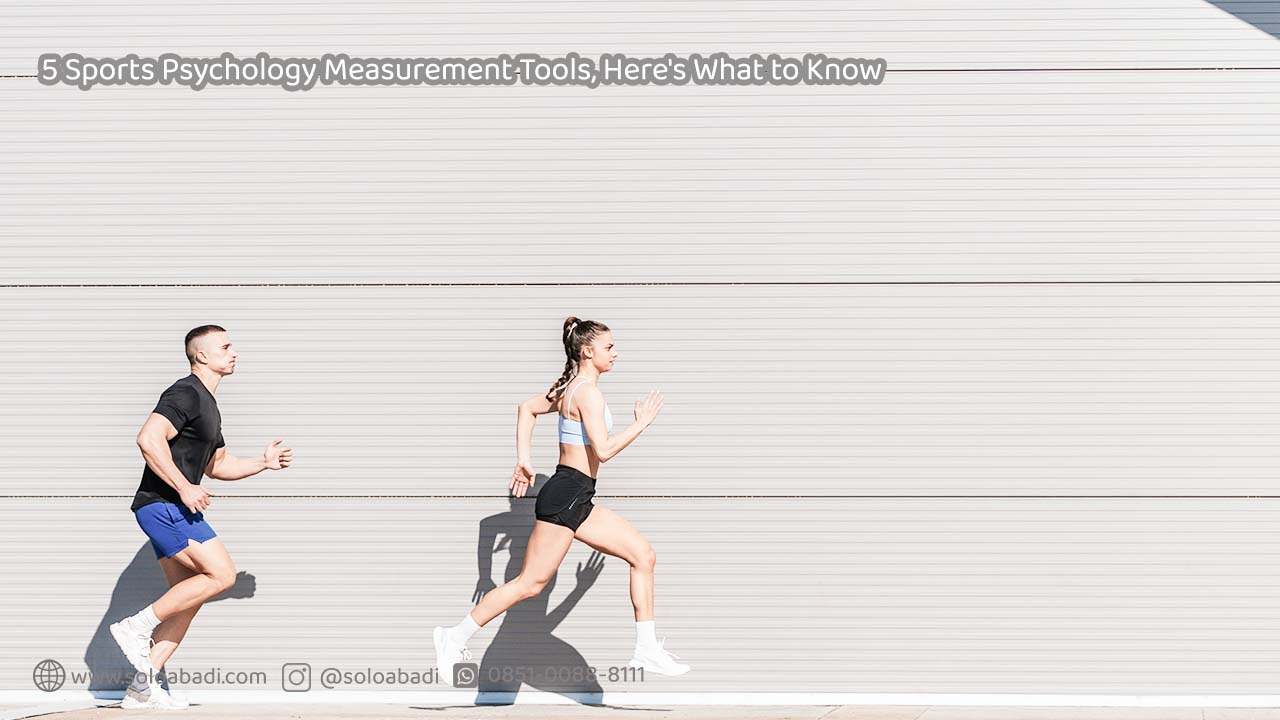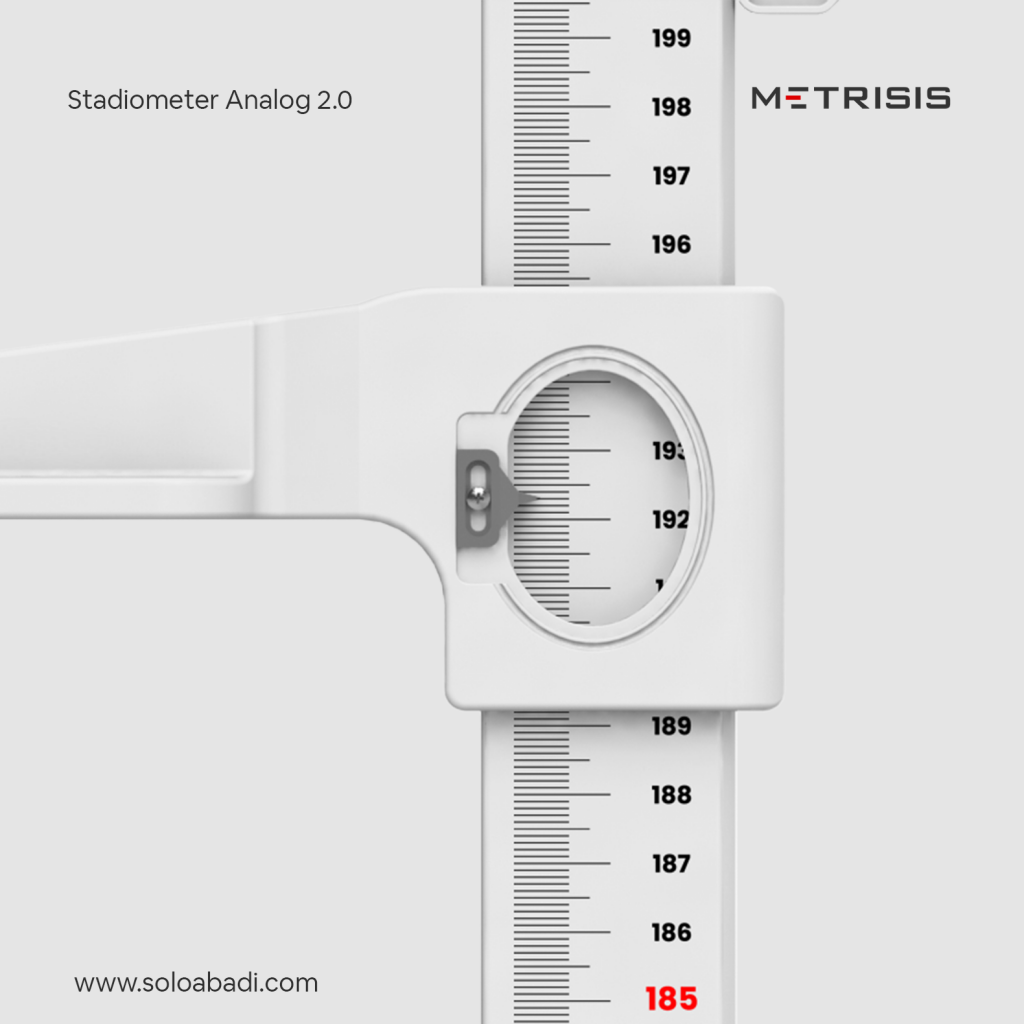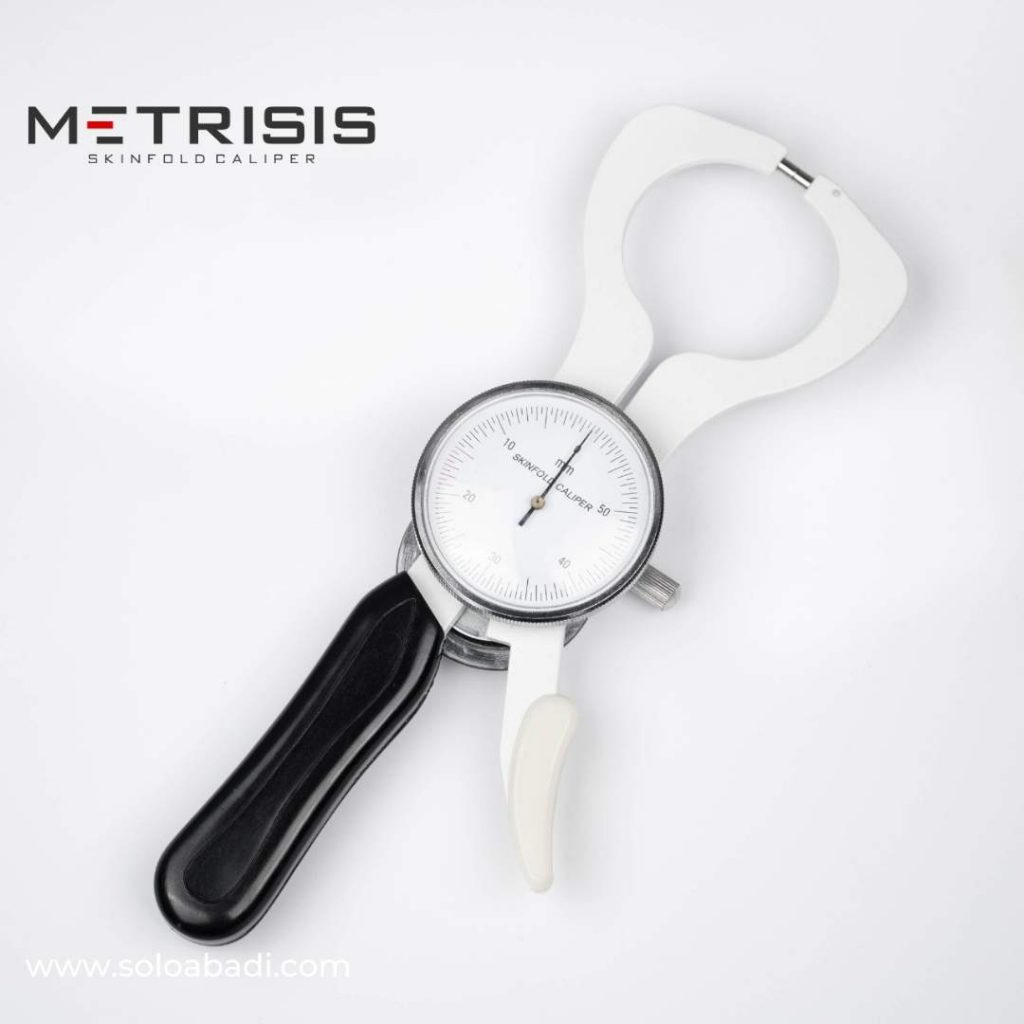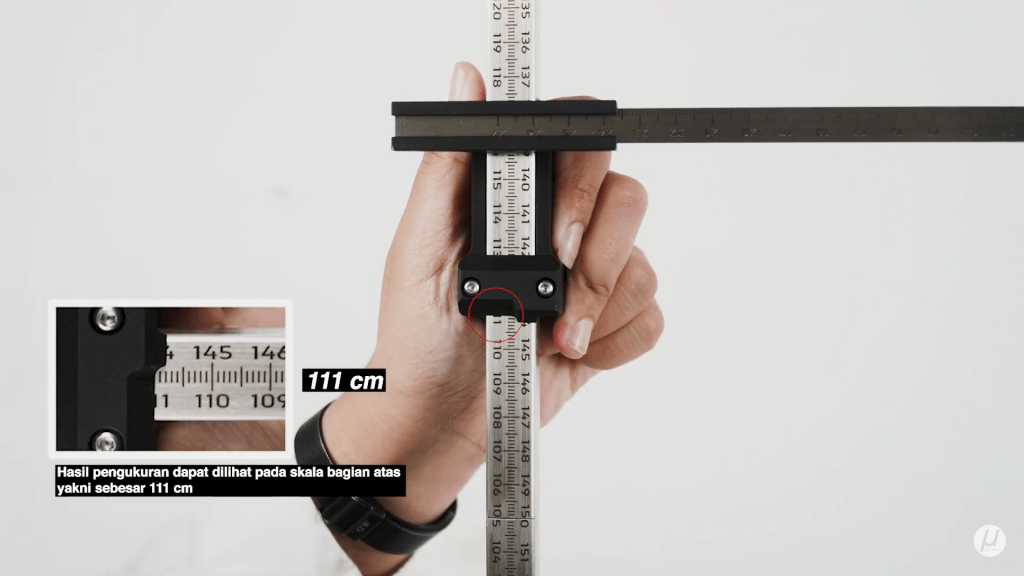To understand the impact of athletes’ physical conditions on their performance, the sports psychology supporting tool is necessary. Thus, there is a need for a tool to measure and examine the physical conditions of athletes. This has been addressed in Anthropometry studies, which focus on the dimensions of the human body. However, before delving into the relationship between the two, let us discuss what sports psychology entails.
What is Sports Psychology?
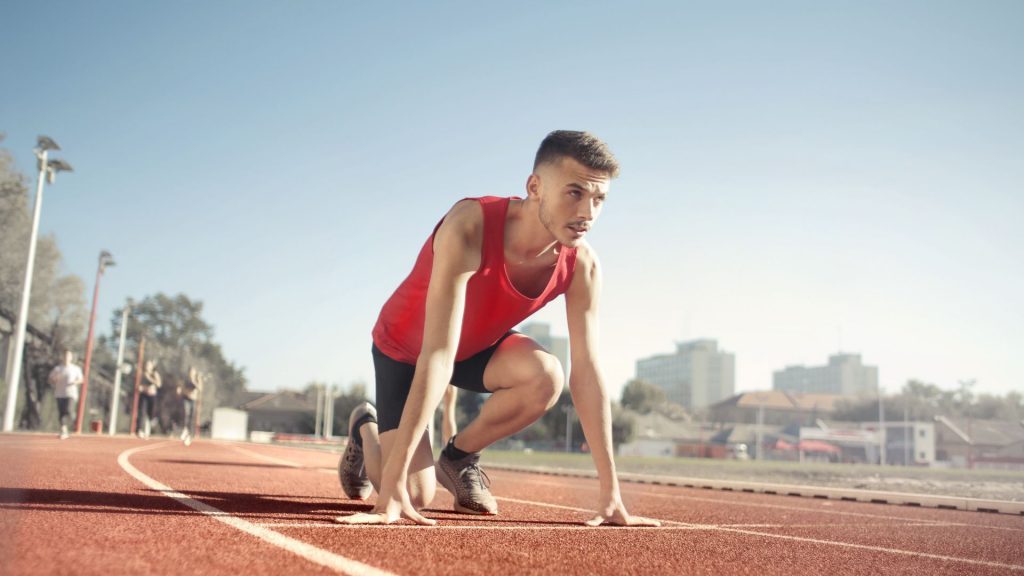
Let’s highlight a few key points. First and foremost, sports psychology is a subset of the broader field of psychology. Consequently, Sports Psychology is a science that explores how psychological factors actively influence individual physical performance. In fact, Willis and Campbell (1992) assert more explicitly that, traditionally, research and practice in Sports Psychology actively focus on psychophysiological relationships, such as how somatic responses actively impact cognition, emotions, and performance.
Secondly, this study actively predicts and explains symptoms of physical conditions that can actively influence athlete performance. Furthermore, the study actively aims to monitor and control these symptoms. From this active explanation, it is evident that Anthropometry or the active study of human body dimensions is required.
Read More : Anthropometry Measurements in Sport Field
Why Anthropometry is Important in Sport Science ?
Anthropometry is the study of human body dimensions. This study often forms the basis for various other scientific inquiries, such as sports psychology. Anthropometry provides crucial information for designing training programs that align with individual physical characteristics.
Therefore, Anthropometry actively aids sports psychologists and coaches in identifying athletes’ strengths, weaknesses, and potential, while providing a foundation for psychological adjustments that actively support performance improvement and athletes’ mental well-being.
Understanding the Mind-Body Connection in Sports
The concept of the mind-body connection is the idea that one’s thoughts, feelings, and mental state can influence their physical well-being, and vice versa. In the context of sports and mental health, this concept acknowledges the interdependence and mutual influence between the mind and body.
Essentially, the connection between the mind and body reflects that mental and physical health cannot be distinctly separated but are interconnected. Some key concepts of the mind-body connection involve understanding that.
The Influence of Emotions on Physical Well-being: Emotions and mentally perceived feelings can directly impact one’s physical condition. For instance, stress or anxiety may lead to muscle tension, sleep disturbances, or other disruptions in bodily functions.
- Positive Thinking and Health: Positive thoughts and a good mood can support physical health. When someone feels happy or optimistic, it can contribute to higher energy levels, a stronger immune system, and faster recovery from injuries.
- Resilience to Stress: An individual’s ability to manage stress mentally can positively impact physical health. Excessive or poorly managed stress can lead to various health issues, including digestive disorders, high blood pressure, or sleep disturbances.
- Exercise and Mental Health: Regular physical activity and exercise are beneficial not only for physical health. But also for improving mood and reducing stress levels. This highlights a positive relationship between physical activity and mental well-being.
- The Influence of Thoughts on Physical Performance: Positive thoughts and self-confidence can enhance physical performance. Therefore, negative thoughts or self-doubt can act as barriers to reaching full potential in physical activities or sports.
Dozens of universities in Indonesia have employed the Supporting Tool for Sports Psychology
To maximize the study of sports science, it is necessary to utilize standardized Anthropometric Measurement Tools. Currently, the Anthropometric standards in Indonesia is under the Ministry of Health of the Republic of Indonesia (KEMENKES).
Here are the Anthropometric Measurement Tools to support the study of sports psychology:
1. Stadiometer Portable
First, The Portable Stadiometer. This tool is a recommended tool for measuring height. Instead of utilizing a wall-mounted microtoise with its precision level fixed to the wall, the Stadiometer is the most commonly used height measurement tool in health centers. This tool represents an innovation by PT. Solo Abadi Indonesia to provide a portable design for measurement tools, allowing for easy and practical height measurement processes anywhere.
Certified with the Domestic Medical Device Distribution Permit (AKD) and Domestic Component Level (TKDN), the Portable Stadiometer facilitates a simple and accurate height measurement process, with the pointer automatically indicating the height.
2. Body Weight Scale
Second, Digital body scales. This tool is the most commonly used weight measurement tools in healthcare centers and are widely available in every household. While these tools are easily accessible, it is essential to pay attention to the precision level of the generated data. Choosing a digital scale from a reputable source is one way to obtain highly precise data.
Read More : Know Anthropometric Points Before Taking Measurements
3. Skinfold Calipers
Third, the skinfold caliper. The supervision of an athlete’s body fat is essential, as an excess or deficiency in fat levels can impact the athlete’s endurance and mobility. Consequently, coaches need to adjust their dietary patterns or diets. Therefore, regular body fat measurements with Skinfold Calipers are necessary.
4. Anthropometric Chair
Sports science departments in Indonesia and India widely use the Anthropometric Chair, a tool for measuring human body dimensions. This tool can perform 34 measurements across three positions, making it highly beneficial for analyzing the body posture of athletes.
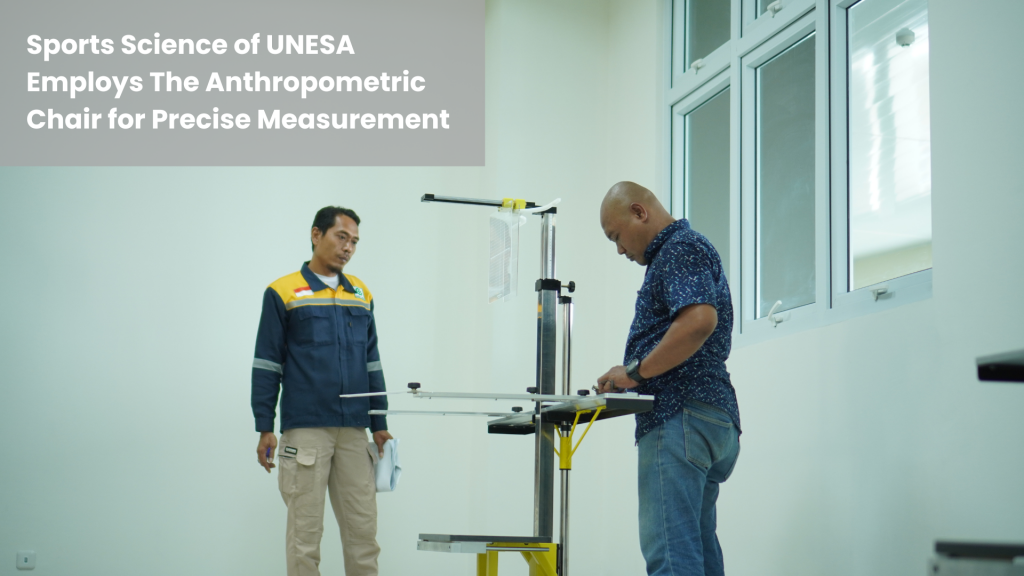
5. Portable Anthropometry
The Anthropometry kit comprises various tools, including an anthropometer, small sliding spreading, large spreading caliper, and sliding caliper. Each tool serves a specific function for detailed measurements. The anthropometer is primarily used for vertical body measurements, while the small and large spreading tools are employed for curved or circumferential body measurements, such as head circumference, chest circumference, waist circumference, and so forth. Meanwhile, the sliding caliper is utilized for small-scale vertical measurements, such as palm length, finger length, and others.
The Portable Anthropometry Kit has several advantages, as follows:
- Domestic product with the highest quality
- Comprises four highly functional tools
- Safe and durable due to its stainless steel composition
- Easy to carry anywhere due to its flexible form
- Can be used to measure 100 dimensions of the human body
- Equipped with a manual book and an exclusive storage box
Get the Anthropometry Tool for Sports Psychology, 25% Discount!
Maximize the validity of your Sports Psychology studies with the three mentioned tools. Avail the special 25% discount on Portable Anthropometry exclusively from November to December.
Claim your 25% discount for the Anthropometry Tool for Sports Psychology by contacting us via admin@soloabadi.com or reaching out on WhatsApp at 08510888111

